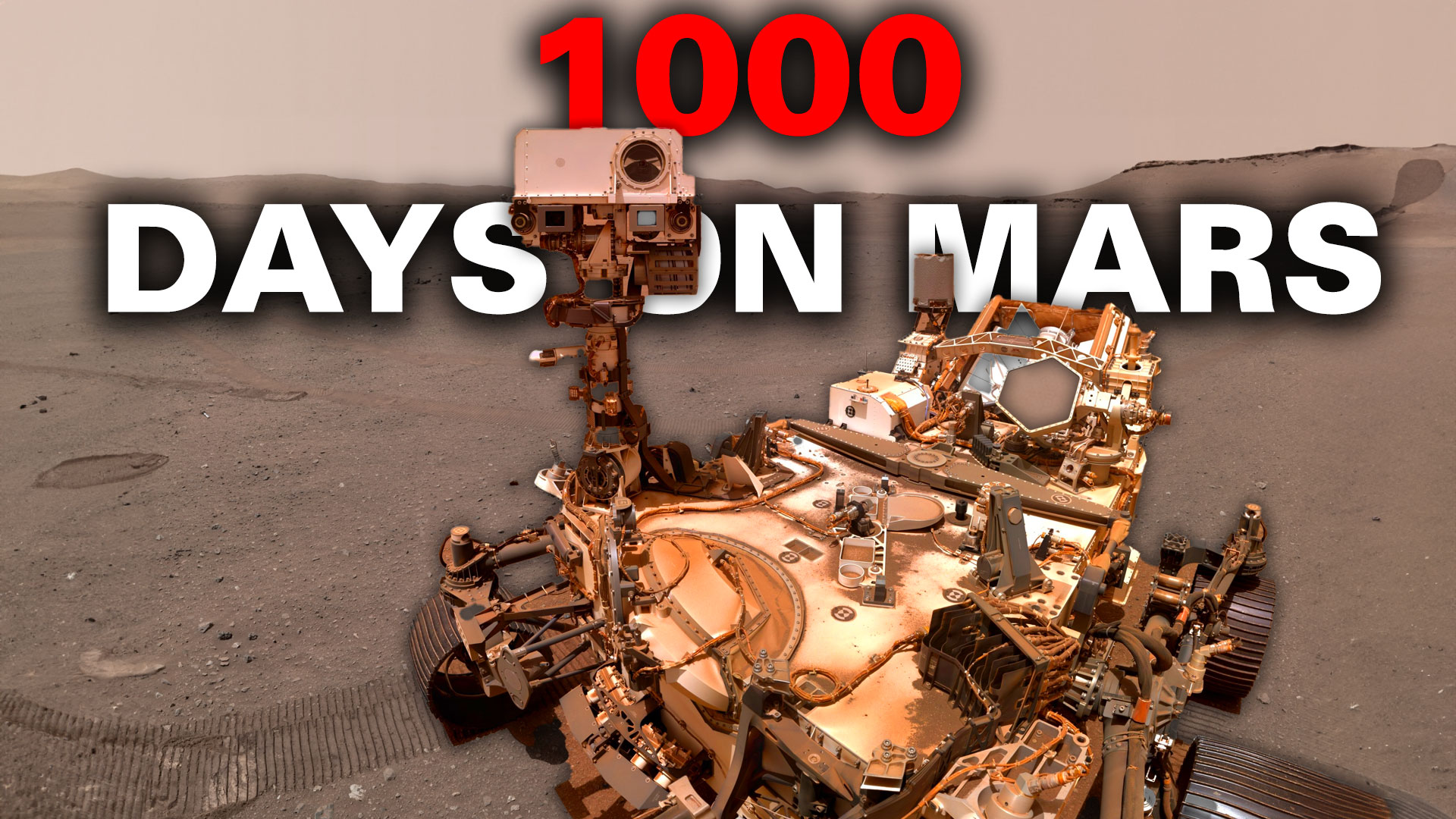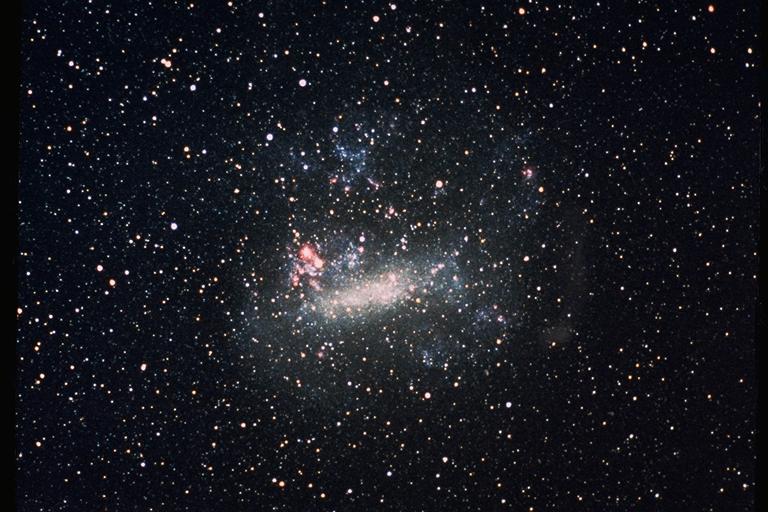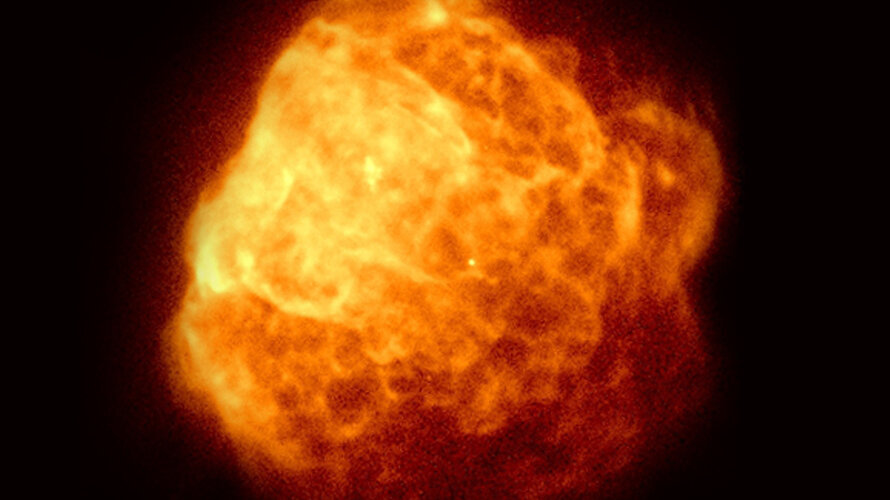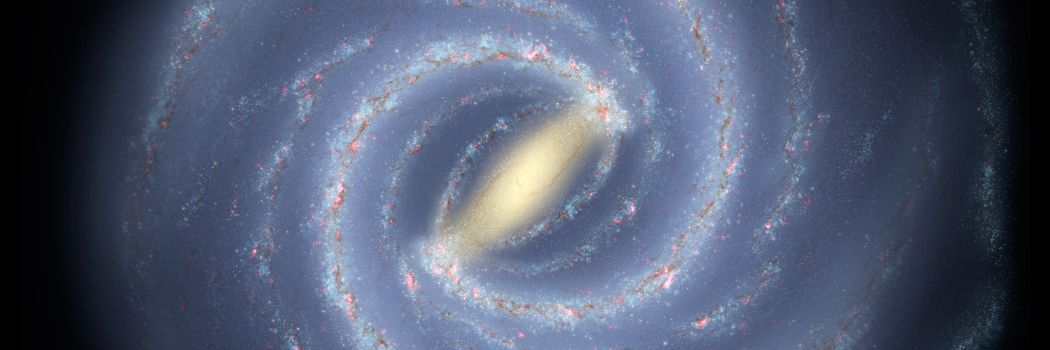Europa has always held a fascination to me. I think it’s the concept of a world with a sub-surface ocean and the possibility of life that has inspired me and many others. In September 2022, NASAs Juno spacecraft made a flyby, coming within 355 kilometres of the surface. Since the encounter, scientists have been exploring the images and have identified regions where brine may have bubbled to the surface. Other images revealed possible, previously unidentified steep-walled depressions up to 50km wide, this could be caused by a free-floating ocean!
Continue reading “Juno Reveals Secrets About Europa’s Icy Surface”Three of the Oldest Stars in the Universe Found Circling the Milky Way

Mention the Milky Way and most people will visualise a great big spiral galaxy billions of years old. It’s thought to be a galaxy that took shape billions of years after the Big Bang. Studies by astronomers have revealed that there are the echo’s of an earlier time around us. A team of astronomers from MIT have found three ancient stars orbiting the Milky Way’s halo. The team think these stars formed when the Universe was around a billion years old and that they were once part of a smaller galaxy that was consumed by the Milky Way.
Continue reading “Three of the Oldest Stars in the Universe Found Circling the Milky Way”A Rotating Spacecraft Would Solve So Many Problems in Spaceflight
If you watch astronauts in space then you will know how they seem to float around their spaceship. Spaceships in orbit around the Earth are in free-fall, constantly falling toward surface fo the Earth with the surface constantly falling away from it. Any occupant is also in free-fall but living like this causes muscle tone to degrade slowly. One solution is to generate artificial gravity through acceleration in particular a rotating motion. A new paper makes the case for a rotating space station and goes so far that it is achievable now.
Continue reading “A Rotating Spacecraft Would Solve So Many Problems in Spaceflight”Saturn-Sized Exoplanet Isn’t Losing Mass Quickly Enough
We have discovered over 5,000 planets around other star systems. Amongst the veritable cosmic menagerie of exoplanets, it seems there is a real shortage of Neptune-sized planets close to their star. A new paper just published discusses a Saturn-sized planet close to its host star which should be experiencing mass loss, but isn’t. Studying this world offers a new insight into exoplanet formation across the Universe.
Continue reading “Saturn-Sized Exoplanet Isn’t Losing Mass Quickly Enough”Perseverance Wraps Up Over 1,000 Days on Mars. Still Going Strong
I can remember when Perseverance was launched, travelled out into the Solar System and landed on Mars in February 2021. In all the time since it arrived, having clocked up 1000 days of exploration, it has collected 23 samples from different geological areas within the Jezero Crater. The area was once home to an ancient lake and if there is anywhere on Mars to find evidence of ancient (fossilised) life, it is here.
Continue reading “Perseverance Wraps Up Over 1,000 Days on Mars. Still Going Strong”Astronomers Try to Directly Observe Epsilon Eridani b. No Luck. Maybe Webb Can Find it?
Back in the year 2000, Epsilon Eridani b was discovered. It is a Jupiter-like exoplanet 10.5 light years away but it has taken decades of observations to learn more about the planet. One thing that remains a mystery is it’s orbit which, until recently has been unknown. There has never been a direct image of the planet either, so now, it’s the turn of JWST to see what it can do.
Continue reading “Astronomers Try to Directly Observe Epsilon Eridani b. No Luck. Maybe Webb Can Find it?”These Rocks Formed in an Ancient Lake on Mars

We already know that water has existed on the surface of Mars but for how long? Curiosity has been searching for evidence for the long term presence of water on Mars and now, a team of researchers think they have found it. The rover has been exploring the Gale Crater and found it contains high concentrations of Manganese. The mineral doesn’t form easily on Mars so the team think it may have formed as deposits in an ancient lake. It is interesting too that life on Earth helps the formation of Manganese so its presence on Mars is a mystery.
Continue reading “These Rocks Formed in an Ancient Lake on Mars”Does the Milky Way Have Too Many Satellite Galaxies?
The Large and Small Magellanic Clouds are well known satellite galaxies of the Milky Way but there are more. It is surrounded by at least 61 within 1.4 million light years (for context the Andromeda Galaxy is 2.5 million light years away) but there are likely to be more. A team of astronomers have been hunting for more companions using the Subaru telescope and so far, have searched just 3% of the sky. To everyone’s surprise they have found nine previously undiscovered satellite galaxies, far more than expected.
Continue reading “Does the Milky Way Have Too Many Satellite Galaxies?”First Light from Einstein Probe: A Supernova Remnant
On 9 January 2024, the Einstein probe was launched, its mission to study the night sky in X-rays. The first image from the probe that explores the Universe in these energetic wavelengths has just been released. It shows Puppis A, the supernova remnant from a massive star that exploded 4,000 years ago. The image showed the expanding cloud of ejecta from the explosion but now, Einstein will continue to scan the skies for other X-ray events.
Continue reading “First Light from Einstein Probe: A Supernova Remnant”Galaxies Evolved Surprisingly Quickly in the Early Universe
Anyone familiar with astronomy will know that galaxies come in a fairly limited range of shapes, typically; spiral, elliptical, barred-spiral and irregular. The barred-spiral galaxy has been known to be a feature of the modern universe but a study from astronomers using the Hubble Space Telescope has recently challenged that view. Following on observations using the James Webb Space Telescope has found the bar feature in some spiral galaxies as early as 11 billion years ago suggesting galaxies evolved faster in the early Universe than previously expected.
Continue reading “Galaxies Evolved Surprisingly Quickly in the Early Universe”







